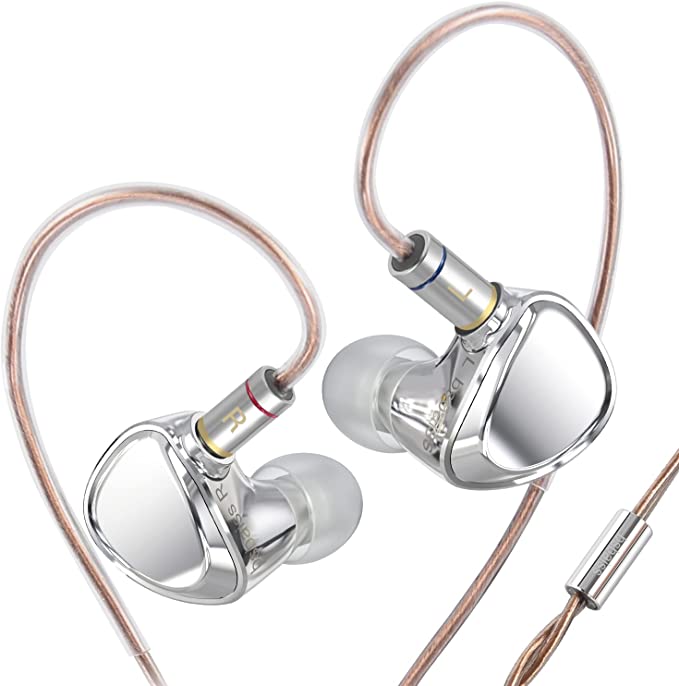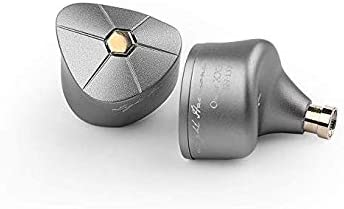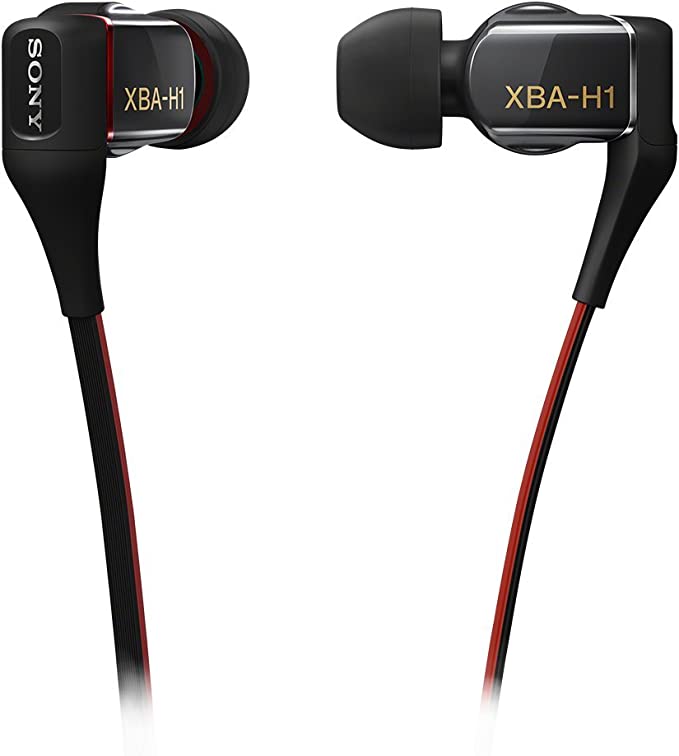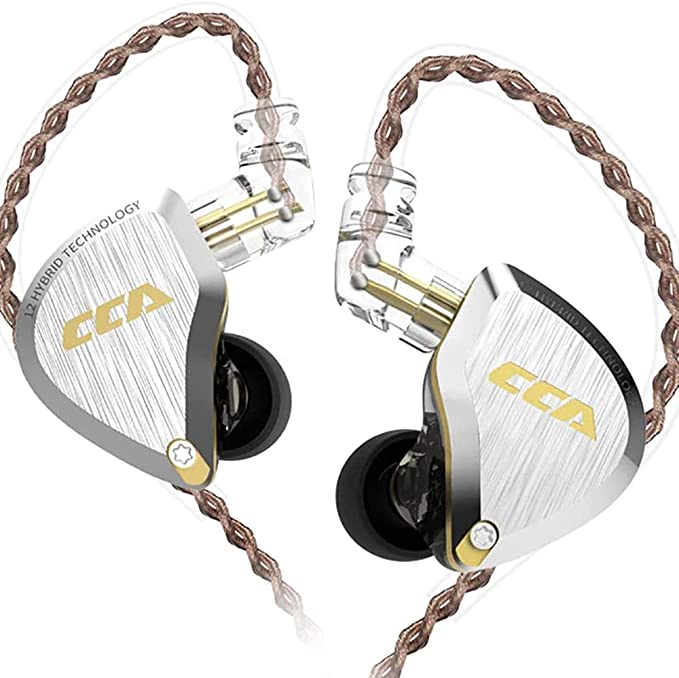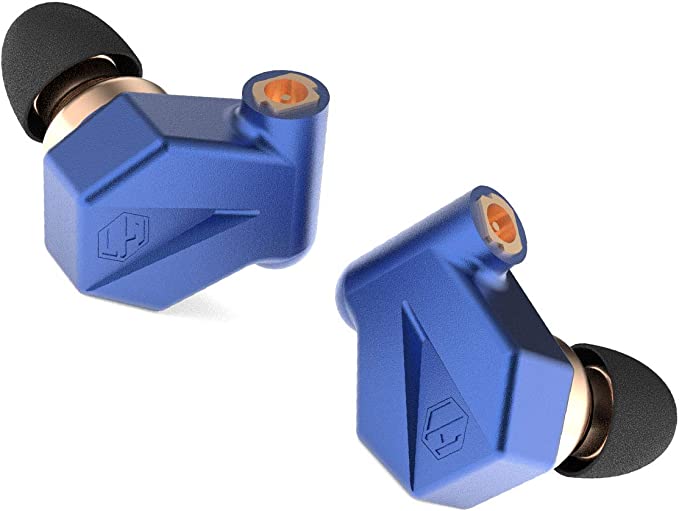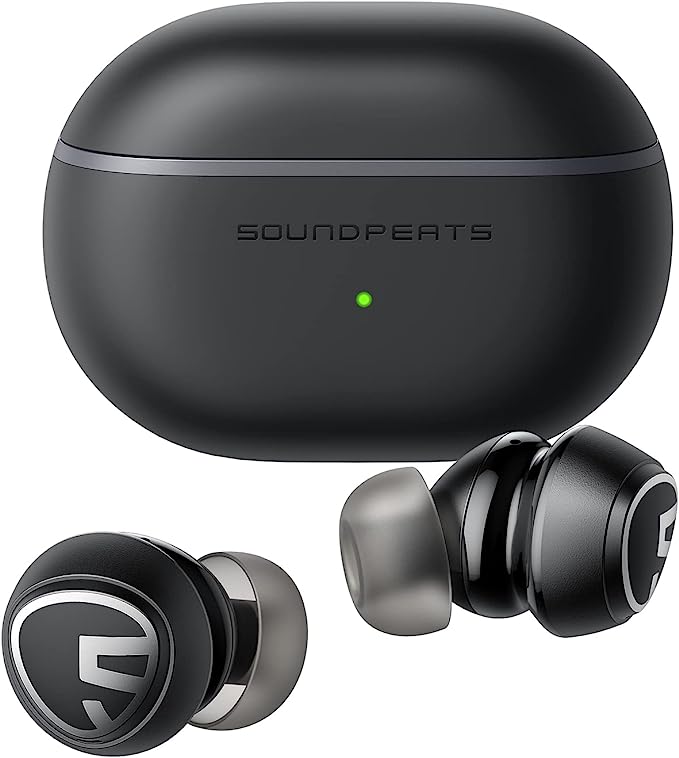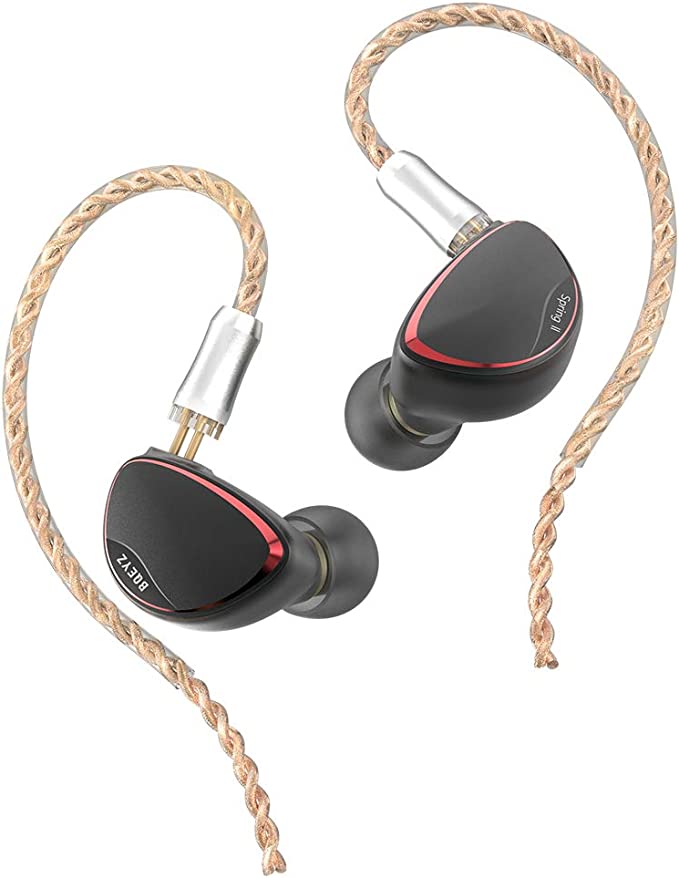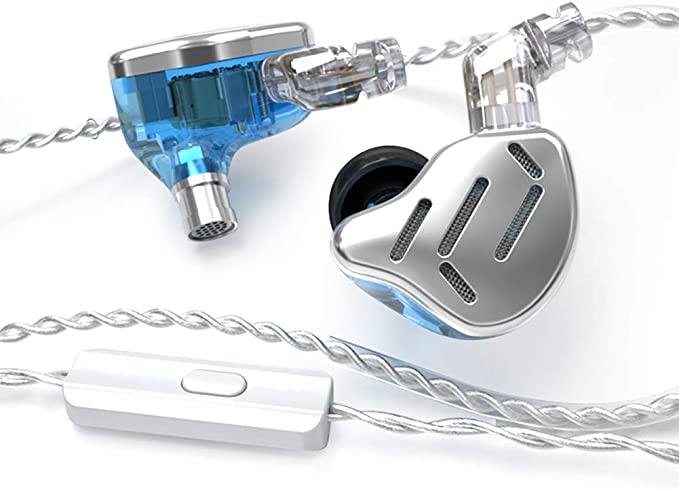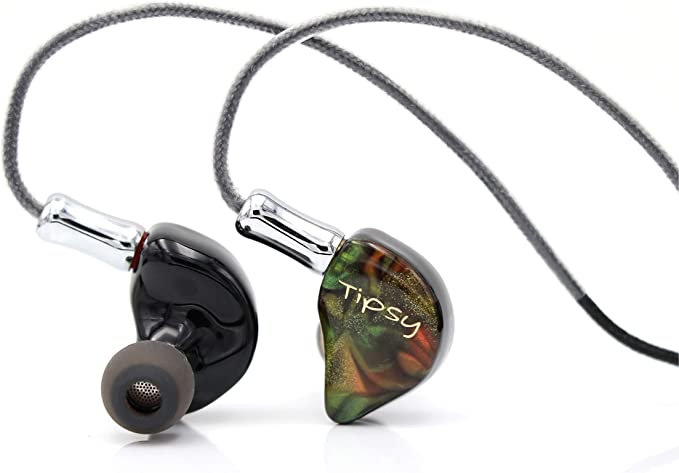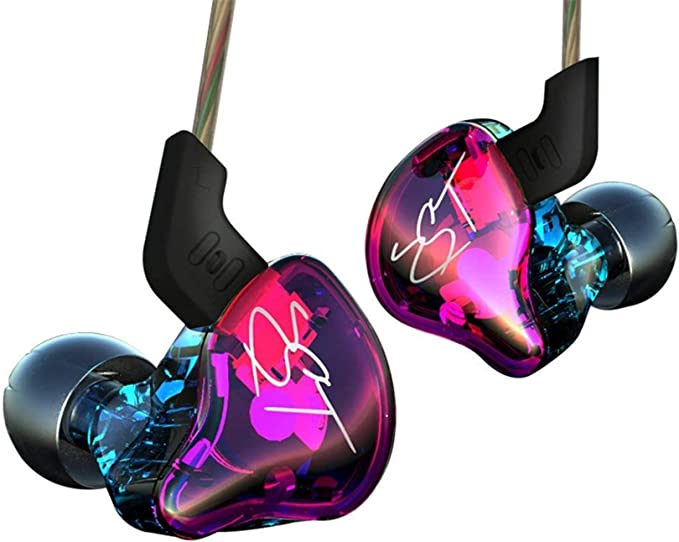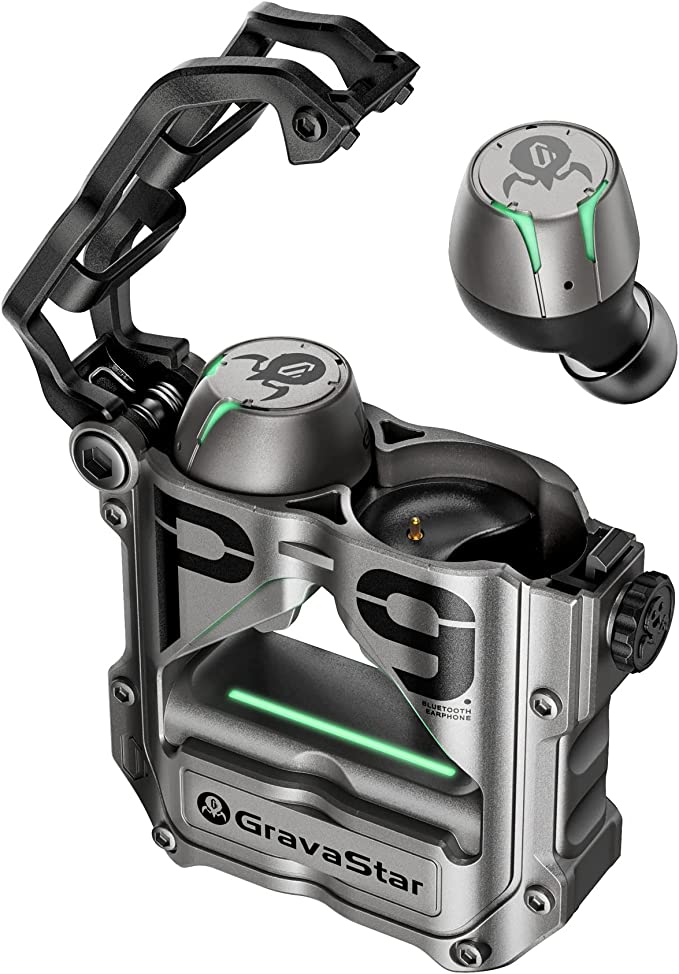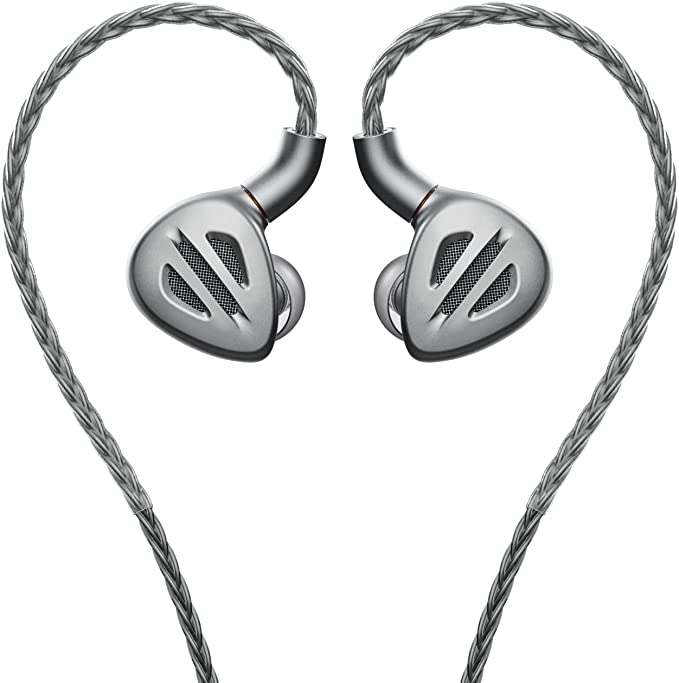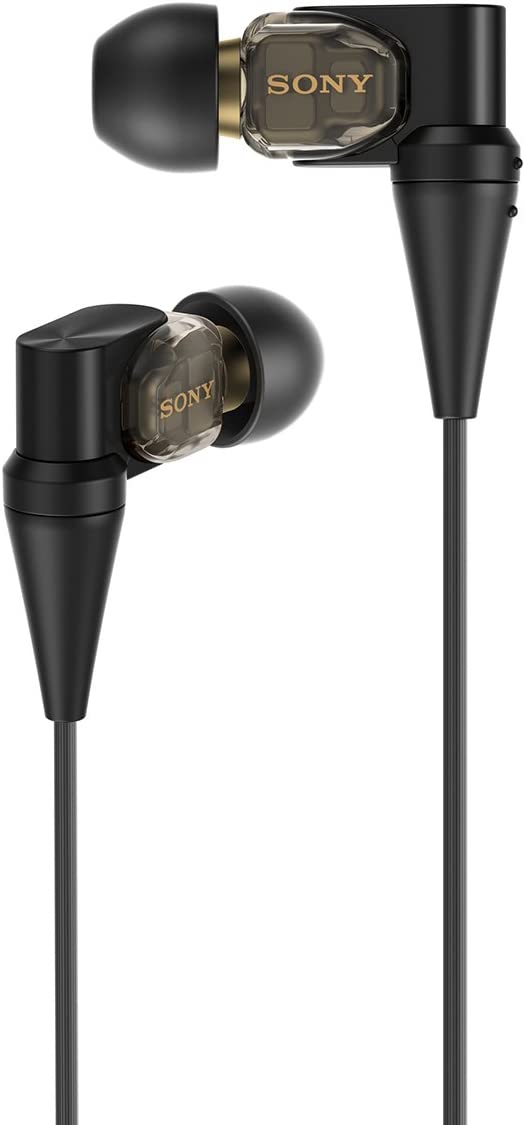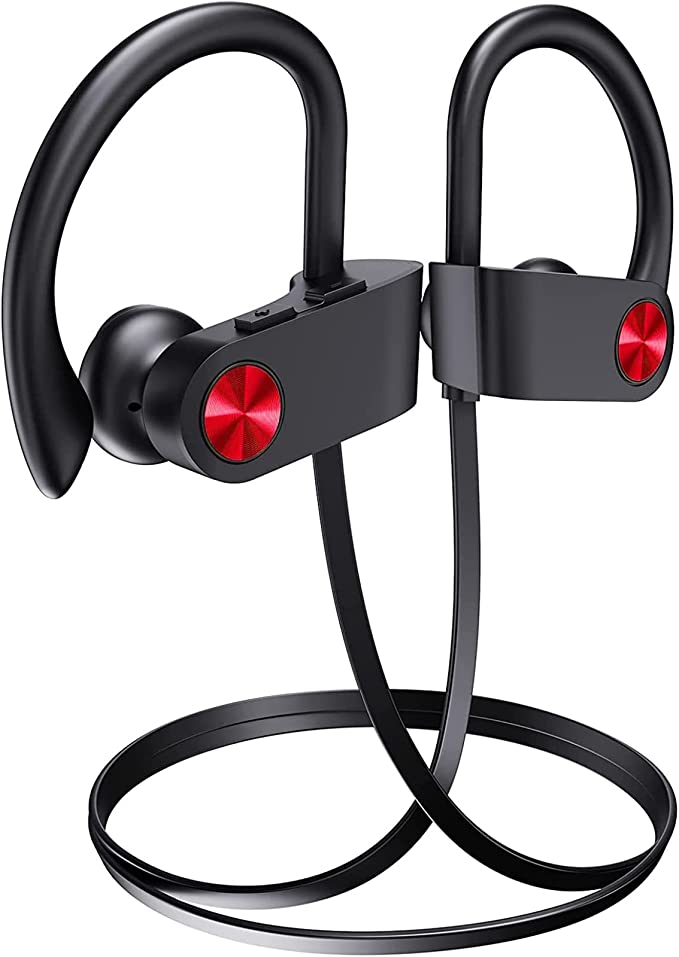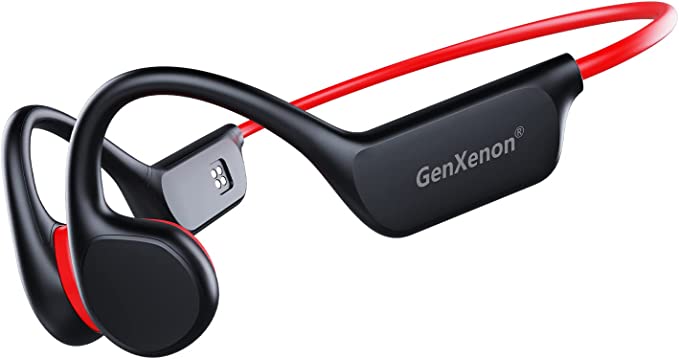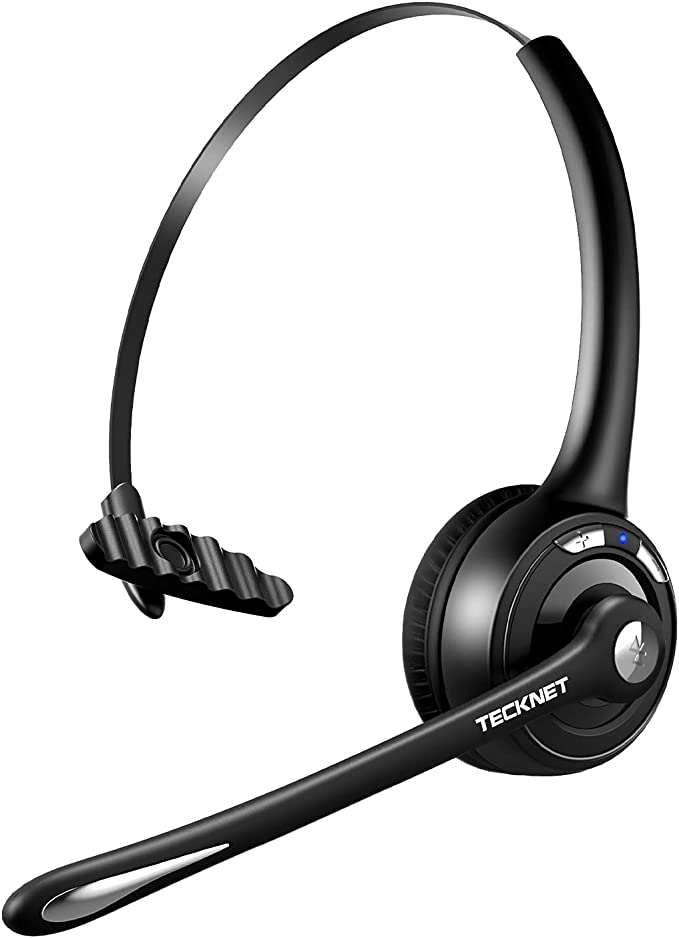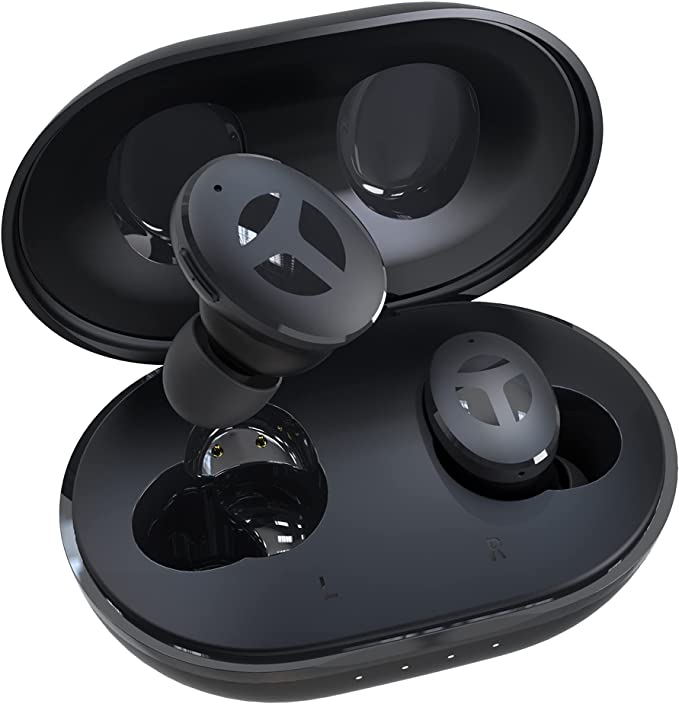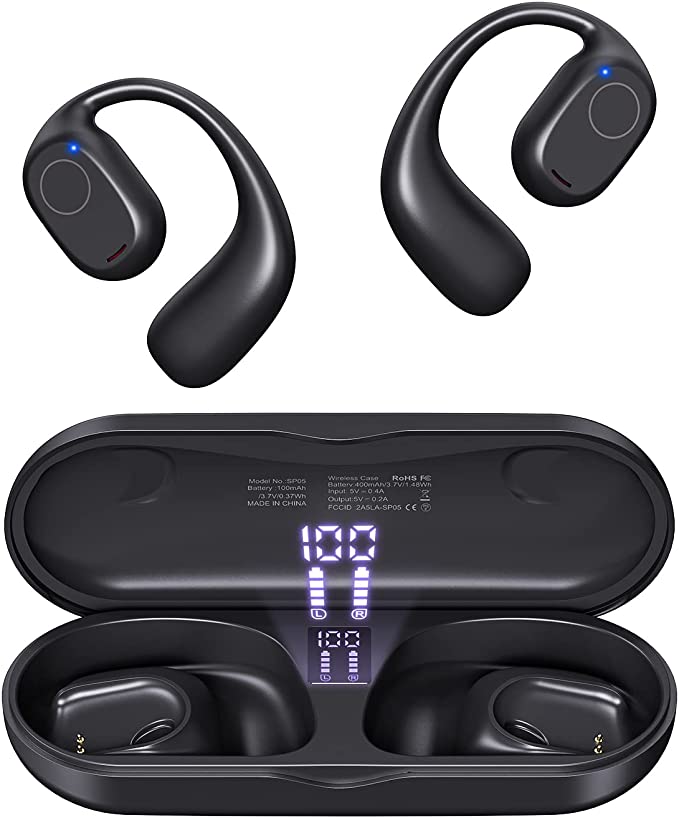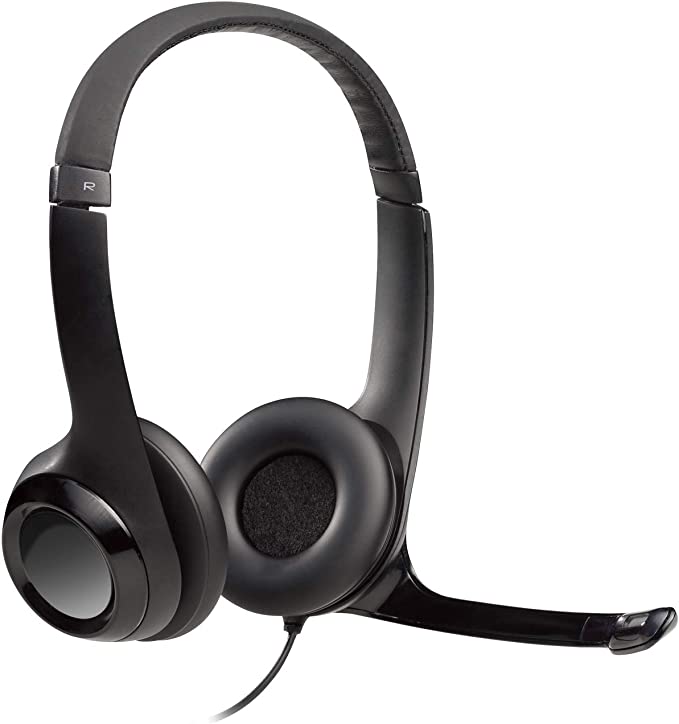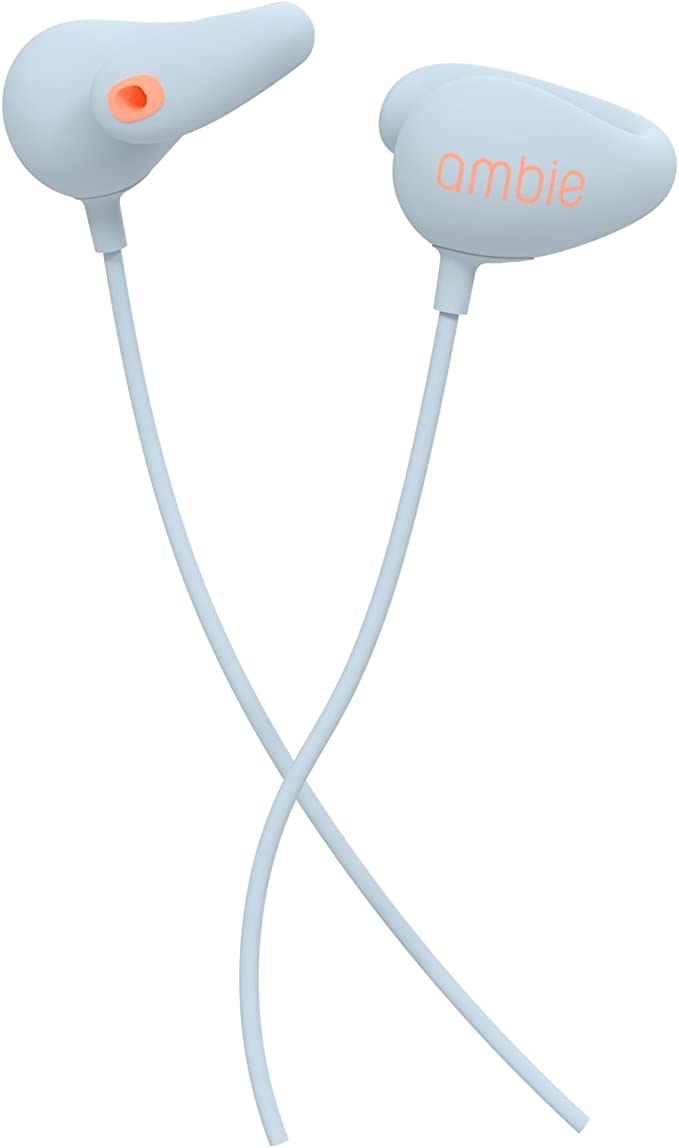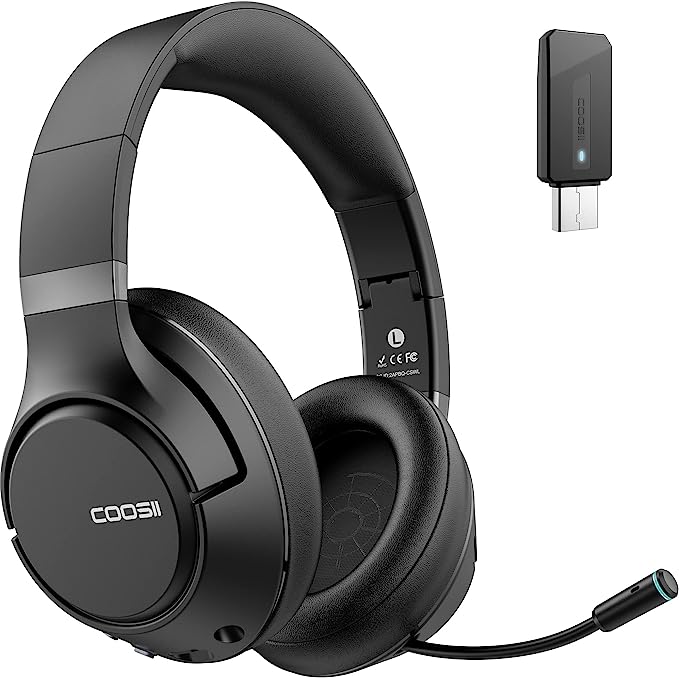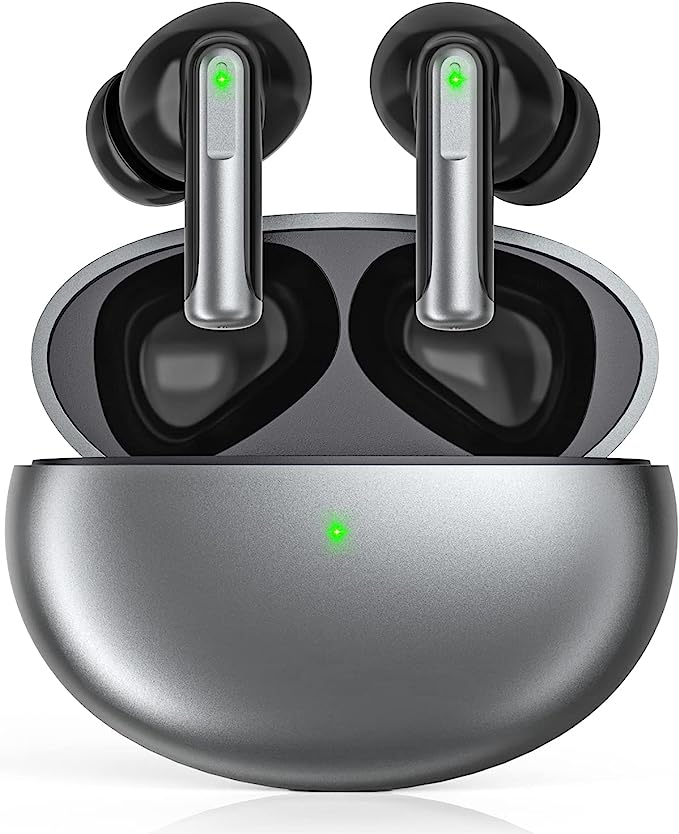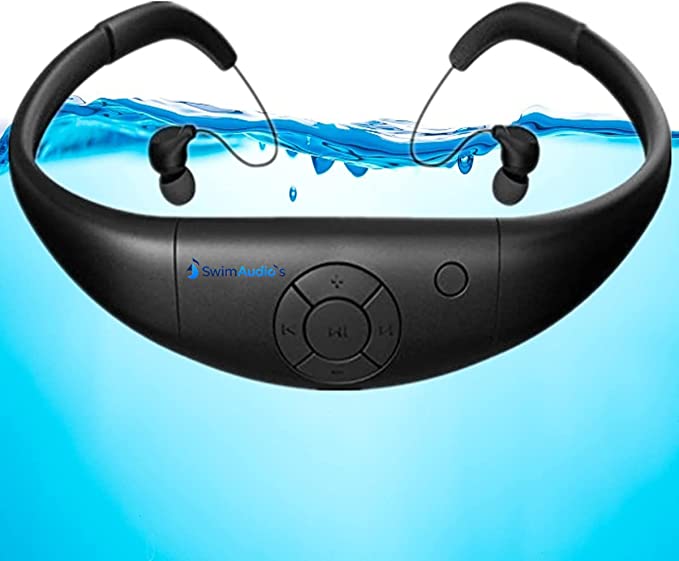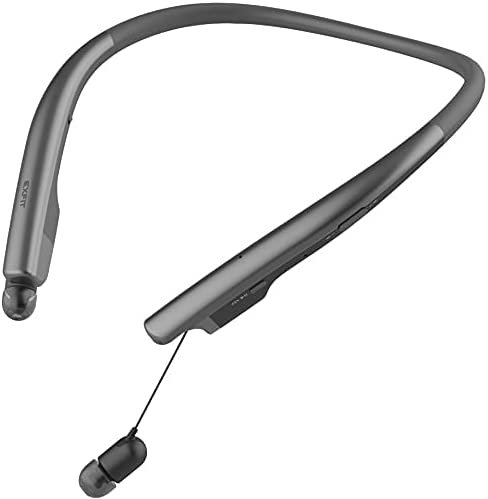KZ ZSN Pro: Experience Hi-Fi Sound with Hybrid Driver Technology
Update on Sept. 22, 2025, 11:26 a.m.
A journey from Van Halen’s deafening stage to the precision of a hearing aid, revealing the ingenious tech that builds a symphony inside your head.
It’s 1995. You are Alex Van Halen, the powerhouse drummer for one of the loudest rock bands on Earth. Night after night, you’re enveloped in a maelstrom of sound—thundering bass, screaming guitars, and the roar of tens of thousands of fans. The floor beneath you shakes. The very air vibrates with raw power. Yet, amidst this sonic apocalypse, you can barely hear the one thing you need most: your own drums. The massive speakers arrayed on stage, known as “wedge” monitors, are firing at you, but they’re also fighting every other sound source, creating a muddy, incoherent wall of noise. It’s a musician’s nightmare that’s damaging your hearing and compromising your performance.
This very problem, born from the unique physics of the rock stage, led a sound engineer named Jerry Harvey to devise a radical solution. He created a set of custom-molded earpieces that would seal off the outside noise and deliver a clean, direct audio feed straight into Van Halen’s ear canals. He called them “In-Ear Monitors” (IEMs). It was a revolutionary moment that would not only change live music forever but also, decades later, allow you to experience breathtakingly detailed sound from a gadget that costs less than a pizza.
What you hold in your hand today when you pick up a modern pair of earphones is the direct descendant of that desperate, brilliant invention. But the story gets far more interesting. To understand how these tiny objects can convincingly replicate the grandeur of a symphony orchestra or the intimacy of a whispered vocal, we need to look beyond the stage and into an even more unlikely place: the quiet, meticulous world of the hearing aid.

A Tale of Two Engines: The Speaker and The Seismograph
At its heart, every earphone is a transducer—a device that converts one form of energy (electricity) into another (the physical vibrations we perceive as sound). For decades, consumer audio relied almost exclusively on one type of transducer: the dynamic driver.
Think of a Dynamic Driver (DD) as a perfect, miniaturized version of a classic loudspeaker. It has a cone-like diaphragm attached to a coil of wire, which sits in a magnetic field. When the audio signal flows through the coil, it moves the diaphragm back and forth, pushing air and creating sound waves. Because it’s designed to move a relatively large amount of air, the dynamic driver is a master of the low frequencies. It’s the powerhouse, the miniature subwoofer that gives music its visceral punch, its warmth, and its soul-shaking bass. It excels at creating atmosphere.
But what if you need more than atmosphere? What if you need to hear the subtle scrape of a guitarist’s pick against a string, or the almost imperceptible breath a singer takes between phrases? For that, you need a different kind of engine—one built not for power, but for unparalleled precision.
Enter the Balanced Armature (BA) Driver. This technological marvel has its origins not in concert halls, but in clinical audiology. It was first perfected to help people hear, forming the core of hearing aids. Its construction is entirely different. Imagine a tiny, nail-sized reed, or “armature,” perfectly balanced between two magnets and wrapped in a coil. When the audio signal passes through, the reed pivots with microscopic speed and precision. This movement is transferred to a tiny, stiff diaphragm, creating sound.
Because its moving parts are incredibly small and light, a BA driver can react to the electrical signal almost instantaneously. It’s not a powerhouse; it’s a precision instrument. It’s a sonic seismograph, capable of detecting and reproducing the most delicate tremors in the audio landscape—the crisp, high-frequency details and the complex midrange textures where vocals and instruments live.
For years, these two technologies lived in separate worlds: the dynamic driver in consumer headphones, delivering fun and bass, and the balanced armature in expensive medical devices and pro-level IEMs, delivering uncompromising accuracy. The logical, yet fiendishly complex, next step was to ask: what if we could have both?
The Conductor in the Circuit
Combining a powerhouse and a precisionist in a space smaller than a thumbnail is an immense engineering challenge. If you simply wire them up together and send them the full audio signal, you’ll get chaos. The dynamic driver will try to reproduce high notes it’s too slow for, and the balanced armature will strain to create bass it’s too small for. The result is a distorted, incoherent mess.
The solution is an elegant piece of electronic engineering called a crossover. The crossover acts as the project manager, or better yet, the conductor of this tiny two-piece orchestra. It’s a simple circuit, often just a few capacitors and resistors, that splits the audio signal into different frequency bands. It directs the low frequencies—the kick drums, the bass guitars, the cellos—exclusively to the dynamic driver. Simultaneously, it sends the midrange and high frequencies—the vocals, the cymbals, the violins—only to the nimble balanced armature driver.
This division of labor is the secret behind the magic of a “hybrid” earphone. Each driver is now free to do what it does best, operating only within its comfort zone. It’s a principle of specialization that results in a sound that is simultaneously powerful and breathtakingly detailed.
And this is where our story returns from the lab and the rock stage to the present day. Because this sophisticated acoustic architecture, once the exclusive domain of custom-made tools for rock stars costing thousands of dollars, has undergone a radical democratization. As a perfect case study, consider a product like the erjigo KZ ZSN Pro. This widely available in-ear monitor is a textbook example of the hybrid principle in action. Inside its transparent resin shell, you can literally see the components: a single, potent dynamic driver sitting next to a tiny, jewel-like balanced armature driver.
The very existence of such a device at its accessible price point is a testament to the relentless march of manufacturing and engineering. It demonstrates how a complex scientific concept can be refined, miniaturized, and produced on a scale that makes high-fidelity sound available to almost anyone. It’s the end result of a journey that started with a drummer’s frustration.
Building a Universe Between Your Ears
But the engineering marvel doesn’t stop at simply reproducing frequencies accurately. The ultimate goal is to create an illusion—the illusion of space. When you listen to a live band, your brain uses subtle cues—the timing differences between your ears, the way sound reflects off surfaces—to construct a three-dimensional mental map of the performance. This is the “soundstage.”
Replicating this with two drivers an inch from your eardrum is the final frontier of audio engineering and a deep dive into the field of psychoacoustics. A well-designed hybrid system, with its incredibly fast BA driver, can reproduce the minute timing and phase cues that trick your brain into perceiving depth and width. The sound is no longer a flat line between your ears; it becomes a space that you inhabit. You can pinpoint where the guitarist is standing, sense the distance to the drummer, and feel the vocalist right in front of you.
The next time you place a pair of earphones in your ears, take a moment. Remember the journey. What you are about to hear is not just a song. It’s a carefully constructed illusion, a symphony of specialized engines, and a piece of history, delivered by a technology born from the loudest and quietest of places. You’re plugging into a legacy of innovation, one that started with a desperate need to simply hear the music and ended with the ability to build entire sonic worlds, right inside your head.
